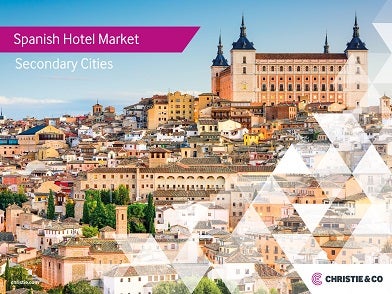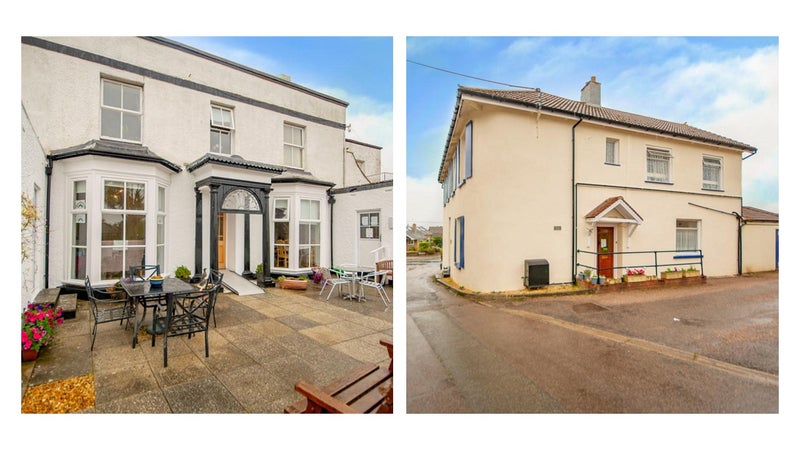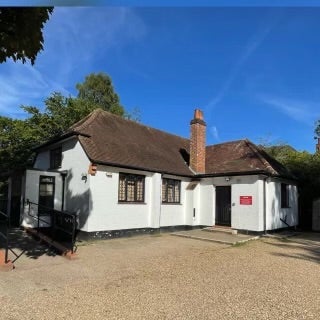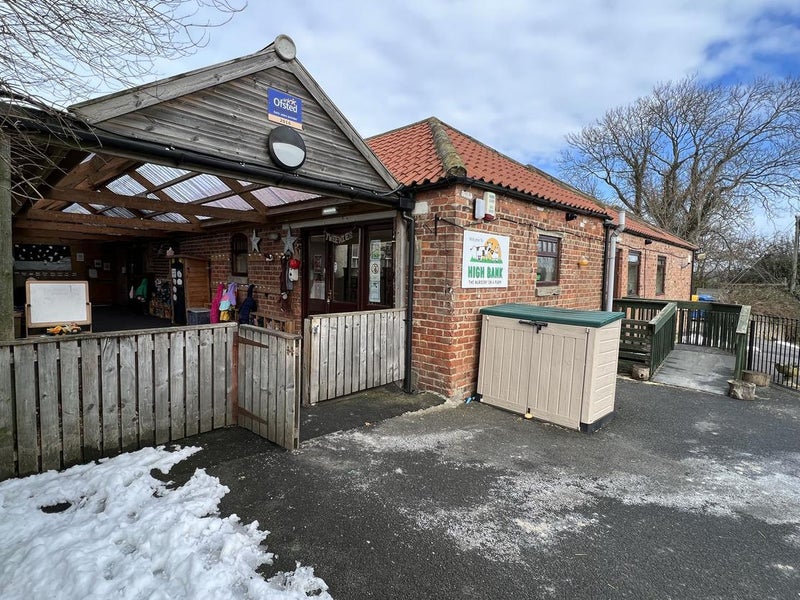Christie & Co publish report "Spanish Hotel Market: Secondary Cities"
Christie & Co, the leading specialist hotel property advisor, has released its new market report: “Spanish Hotel Market: Secondary Cities”.

Following previous reports on the Spanish and Portuguese hotel markets in which the most relevant areas or cities for the tourism industry were analysed, Christie & Co now presents a specific study on Spanish cities that, although not part of the yearly report on the “Most Competitive Cities”, show clear potential regarding hotel profitability.
According to the Barometer of Profitability and Employment of Spanish Tourist Destinations 2017 published by Exceltur, Christie & Co has considered those cities that, secondary to the most competitive urban destinations (Barcelona, Madrid, Valencia, Sevilla, San Sebastián, Málaga and Bilbao) have obtained higher RevPAR figures in 2017, a greater variation 2016-2017, and a greater accumulated growth since 2015. As a result, the cities that are included in this new report are: Santander, Alicante, Córdoba, Granada, Toledo, Santiago de Compostela and Valladolid.
The results of this analysis show the strength of these destinations and reflect an interesting evolution of the hotel segment over the last few years. Moreover, they recorded more than 10 million overnight stays in 2017, which represents a 3.2% of the total overnight stays registered in the whole country. Additionally, the seven analysed cities received almost six million tourist arrivals in 2017 (+3% vs 2016), representing around 5.79% of overall tourist arrivals in Spain in 2017.
Among all the cities analysed, Santander ranks as the city with the highest average price (ADR), reaching 86 euros, followed by Alicante and Córdoba at 77 euros and 71 euros respectively. Lastly, the report found that Valladolid, despite standing out for its RevPAR level growth (an increase of 19.3% in 2017 in respect to 2016), has an average price of only 61 euros, the lowest of all cities in the report. Therefore, in terms of RevPAR levels, the list is headed by Santander and Alicante, both with 56 euros, followed by Córdoba and Granada, with 47 euros each.
In terms of occupation, Alicante holds the highest percentage with 73% in 2017 (+7.2% vs 2016), followed by Granada (71%) and Córdoba (67%). Santiago de Compostela on the other hand, registers the lowest occupation levels (59%), despite being the city with the second highest hotel offer (148 hotels in 2017), behind Granada (171 hotels in 2017).
Xavier Batlle, Associate Director with responsibility for the Consultancy Division in Spain & Portugal, comments, “The recovery of domestic tourism as well as the growth of international tourism has generated a profitability increase for all secondary destinations analysed. This, added to good accessibility and excellent demand generators, has made them an attractive destination both for investment and development.”



















